'New Coke': One of the biggest flops in marketing history
When Coca-Cola attempted to revolutionize the multi-billion soft drink industry in 1985, no one predicted the failure and backlash that was to come.
With great fanfare, Coca-Cola announced on April 23, 1985, that the world’s favorite soft drink, Coke, was going to change, and that’s when what became "new Coke" was introduced to the masses.
Pepsi spurred the change
"It actually was Pepsi that forced them to do it," explained Steve Noviello, a consumer reporter with FOX TV Stations. "At the time, it became clear that people preferred the sweeter taste – or seemed to prefer the sweeter taste – of Pepsi over Coke."
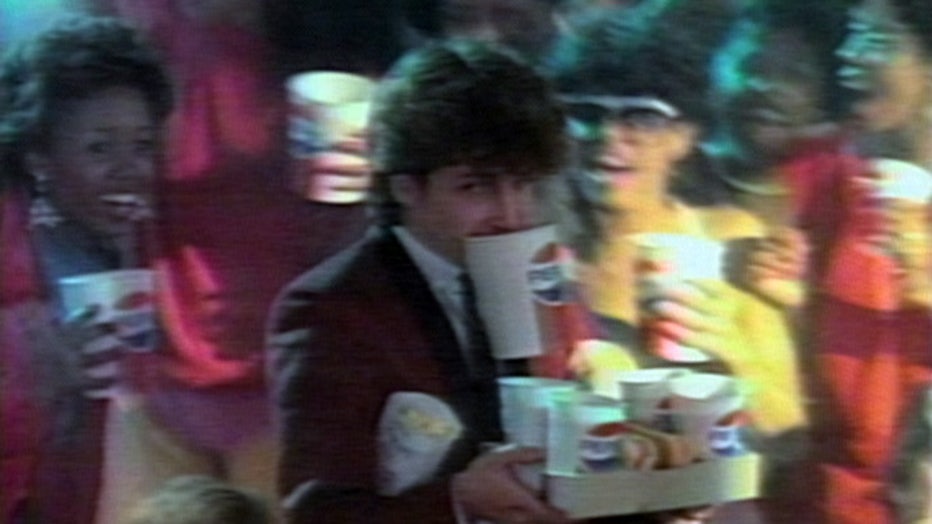
FILE - Experts say Pepsi's marketing campaigns, like this one, played a role in Coke's decision. (Credit FOX TV Stations)
While Coke remained the world’s best-selling soft drink, the appetite for the soda was slipping, according to the Coca-Cola website.
And Pepsi was gaining popularity quickly, due in part to its "Pepsi Challenge" campaign during the ‘80s, giving consumers a blind taste test.
"I always wanted to be at the mall when they were doing a Pepsi challenge," Noviello recalled. "The idea that I might be asked to do one was always so exciting, and this was a real cultural phenomenon for people in terms of pop culture at the time. The idea that you could taste the difference between Coke and Pepsi."
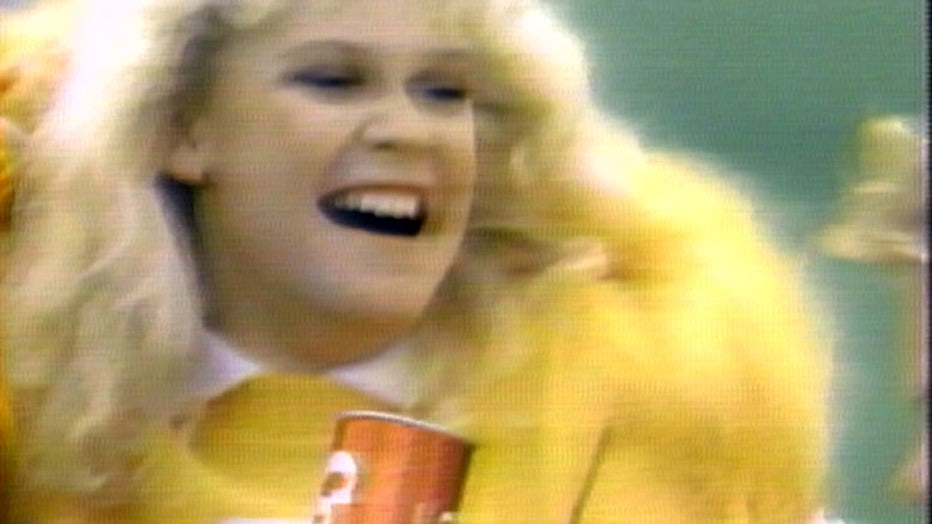
FILE - There was plenty of energy and symbolism in Coke's elaborate marketing campaign. (Credit FOX TV Stations)
During these challenges, many consumers would say they preferred the taste of Pepsi.
"And because Pepsi is generally sweeter, people would kind of intuitively say, ‘Oh, I prefer the taste of this one.’ So it was this great marketing campaign by Pepsi to prove that while Coke was the dominant market leader, that people actually preferred Pepsi," Noviello continued.
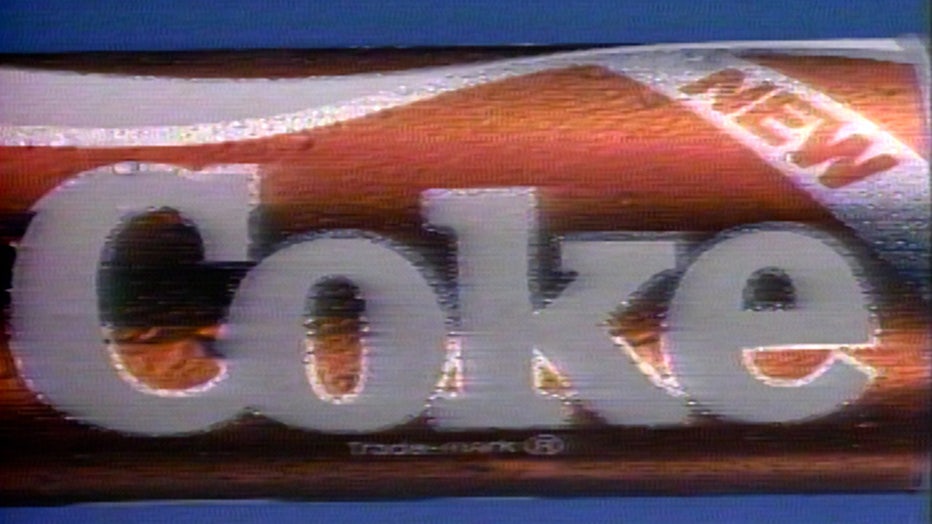
FILE - Still image taken from archived footage showing an ad for "new Coke." (Credit FOX TV Stations)
In response, Coke decided it was time for a change, and thus New Coke was born.
Protests over New Coke
Coca-Cola’s unveiling of Coke's new flavor came with the company’s own mass taste-testings and millions of dollars spent on a new marketing campaign. The plan was to roll out the product permanently on May 8.
"They actually, believe it or not, focused-grouped it. I think they had about 200,000 people as part of the process that all said, ‘Yes, we love the flavor of new Coke’ and unfortunately, when they launched a new Coke, generally, consumers across the board could not agree more. They hated it," Noviello told FOX.
Consumers began hoarding "old" Coke.
Coca-Cola reported getting over a thousand calls a day with consumer complaints.
Protest groups even popped up around the country.
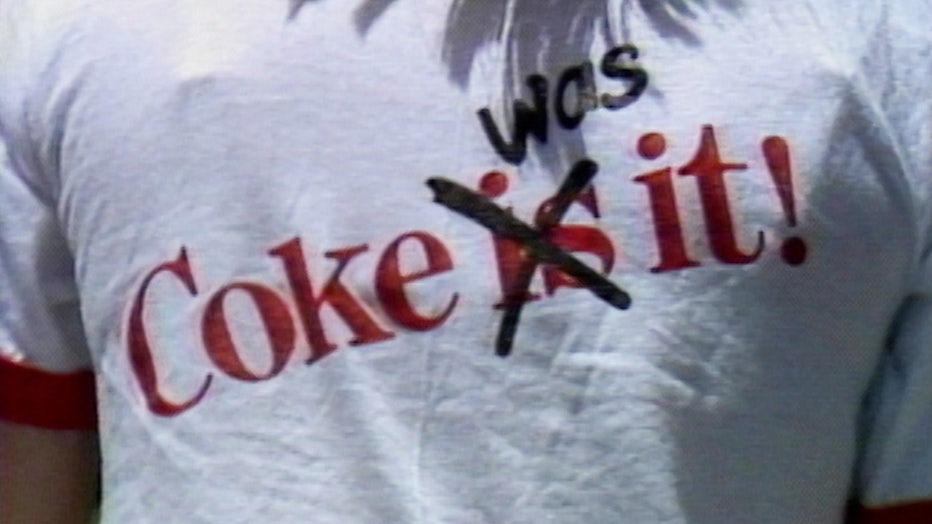
FILE - Demonstrator at a rally calling for the original Coke recipe to return following the introduction of "new Coke" in 1985. (Credit: KTVU)
"People were picketing in the streets. We joke about like, it was an uproar, but it really was. They were pouring Coca-Cola down the sewer systems in Seattle.Thousands of people were writing to Coke headquarters to say, ‘We don't like this. We want you to bring Coke back.’ So much that new Coke only lasted for, I think it was like 77 days," Noviello said.
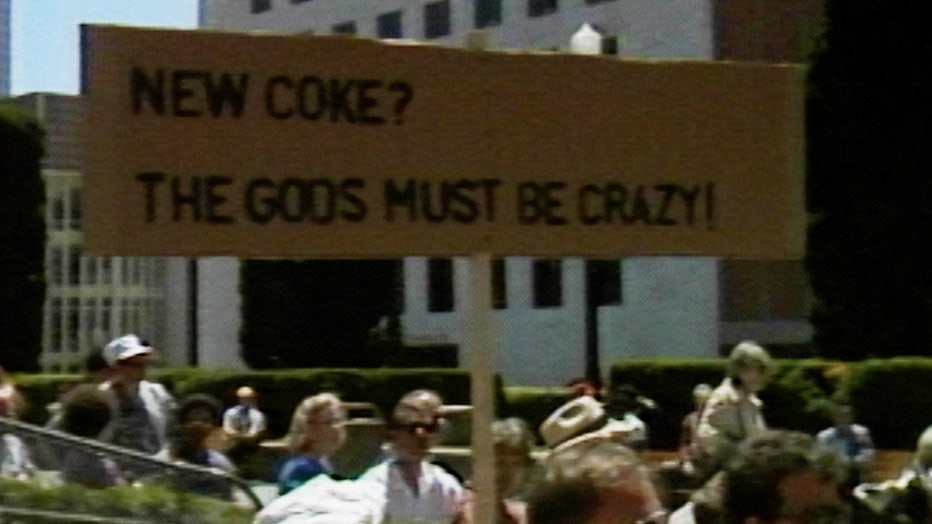
FILE - Protester holds up sign during a rally calling for the return of Coke’s original recipe. (Credit: KTVU)
Classic Coke returns
Executives at Coca-Cola quickly remedied their latest marketing blunder and brought back the original Coke recipe and called it Coca-Cola Classic.
"We set out to change the dynamics of sugar colas in the United States, and we did exactly that -- albeit not in the way we had planned," Goizueta said in 1995 at a special employee event honoring the 10-year anniversary of new Coke, according to the Coca-Cola website.
The classic soda quickly outsold new Coke and once again took the top spot as the most popular cola beverage, according to History.com.
New Coke was rebranded as Coke II before it was eventually discontinued in the early 2000s.
This story was reported from Los Angeles. Megan Ziegler contributed.

